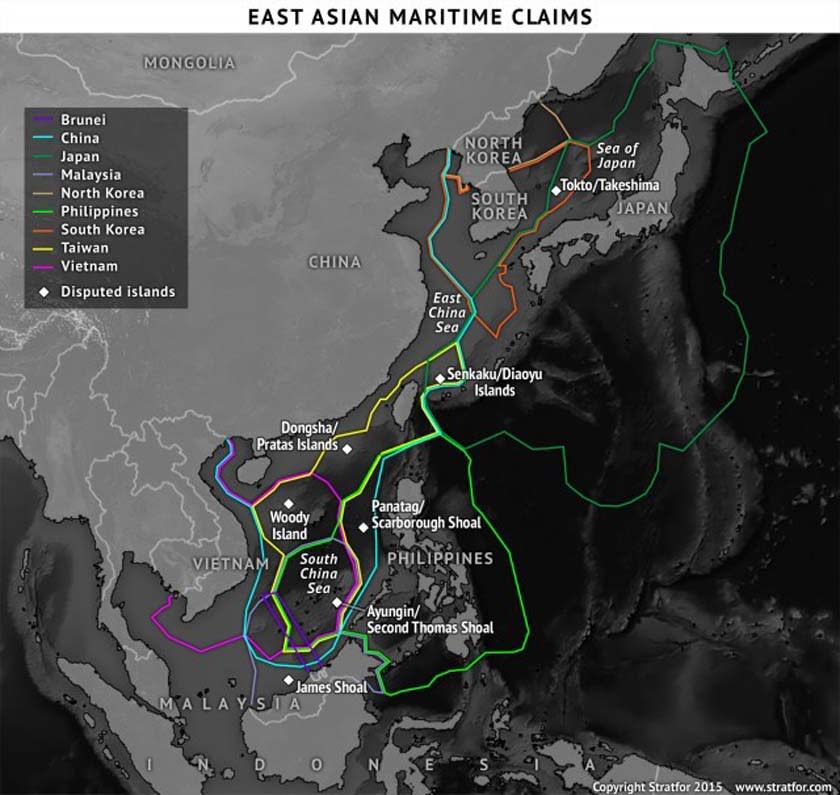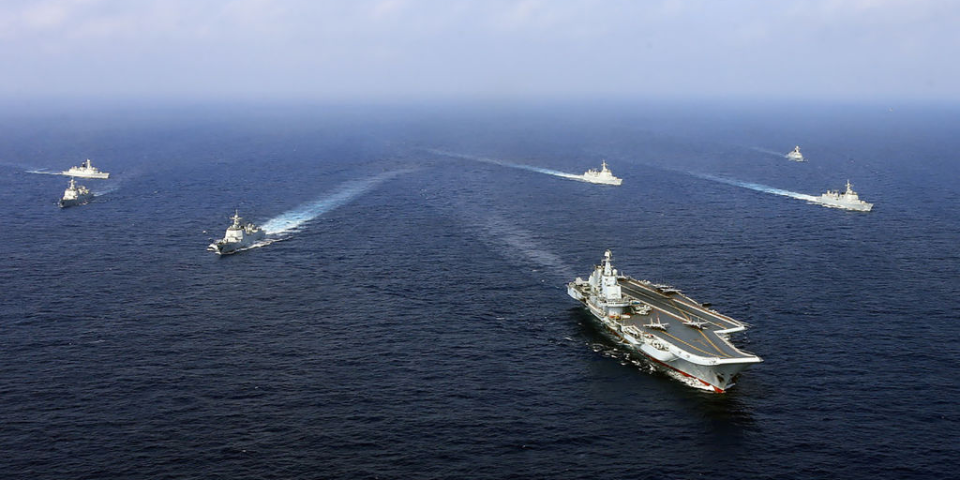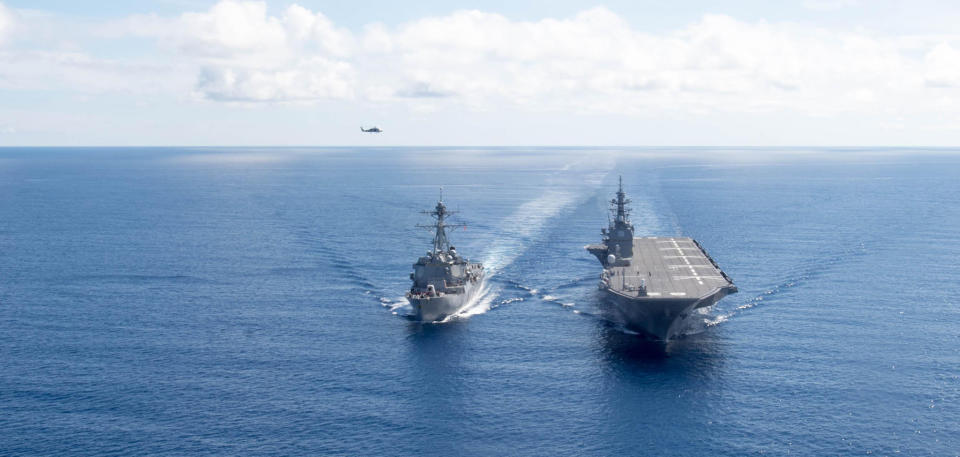Japan unveiled new plans for an F-35 aircraft carrier — and it's a Chinese navy killer
Japan on Tuesday announced it would retrofit its "helicopter carriers" to carry F-35B stealth jets to respond to threats from Russia, China, and North Korea.
The new F-35 carriers will not only give Japan its first true aircraft carriers since World War II, but seem ideally suited for taking on the Chinese navy.
China's navy has formidable air defences and could likely destroy Japanese helicopters and F-15s in battle. But the stealth F-35Bs give the carriers a fifth-generation fighter the likes of which China has never seen before.
In the future, Japan could network with the US to relay targeting data from the F-35s to destroyers, which can strikes targets as far away as 1,500 miles.
Japan on Tuesday announced what everyone had long suspected: Its Izumo-class "helicopter carriers" would host F-35B short takeoff, vertical launch stealth jets, and transform the platform into a weapon Tokyo hasn't wielded since 1945.
Japan announced on Tuesday that it would change its defence guidelines and buy 105 more F-35A stealth jets, as well as roughly 40 F-35Bs that can take off vertically from its flat-decked Izumo ships.
Japan said it would retrofit its two Izumo carriers to handle the extreme heat and pressure of the F-35B's vertical launches from the decks in a pivot from its post-World War II pacifist stance, citing rising threats from China, Russia, and North Korea.
Japan has long sought a long-range, fifth-generation aircraft to defend its far-flung island claims as Russia and China routinely test its borders with fighter jets buzzing its borders, but the US hasn't yet offered it anything that can do the job.
The F-22, the US' first fifth-generation fighter, came across as an ideal solution for Japan's defence needs, but the US refused to sell, saying the cutting-edge technology was too critical to share.
Read more:
The F-35 has a basic flaw that means an F-22 hybrid could outclass it - and that's a big problem
The F-35, of which Japan wants to become the world's second-largest buyer, has much of the F-22's stealth and avionics prowess, but has much shorter range.
But according to Justin Bronk, an aerial-combat expert at the Royal United Services Institute, putting F-35s on a carrier at sea that can close range to island flash points, Japan may have finally solved its problem.
"This is about being able to put capable air power near some of their island possessions, especially given that there's a lot of Chinese capability being specifically developed to hit forward air bases," Bronk told Business Insider, referencing China's growing rocket force.
"Having something mobile that's harder to hit that can deploy fifth-generation air power makes a lot of military sense," Bronk said of the carriers.
Not just island defence, but a navy killer
Japan's Izumo carriers occupy the traditional role of launching an amphibious attack to take or retake an island with while providing air power overhead, but the F-35s bring something that attack helicopters just can't do.
China has deployed a "great wall" of missile defences around the South China Sea and its mainland. China's ever-growing navy also patrols the water with increasingly powerful air defences.
"Basically any naval task group worth the name is, from an airman's perspective, a formidable mobile air defence network," Bronk said. China's navy ships have "powerful radars, very large interceptor missiles, and are designed to defend against swarming attacks," he said.
Unlike air-to-air missiles limited in size by the jets that have to carry them, ship-based missile interceptors can measure more than 20 feet in length and have powerful boosters giving them better range and speed. Additionally, recent Chinese navy ships have emphasised these kind of missiles and have deep magazines and many vertical launch cells for the aircraft-killing missiles.
But China's navy likely has very little experience fighting stealth aircraft with its sea-based radars.
The stealth design of the F-35B will allow Japan's military to "to operate at reasonable risk tolerance of advanced air defences," said Bronk, who called the jets "a lot more survivable in high-end warfare" than Japan's fleet of F-15s.
Read more:
The F-35 just proved it can take Russian or Chinese airspace without firing a shot
In the future, Bronk said Japan will most likely leverage the F-35B's extreme surveillance and recon capabilities to provide weapons-quality target information to other platforms, like Japanese or US warships, which can fire off their own missiles and allow the F-35Bs to stay in stealth mode without opening up the weapons bay.
For Japan, the new class of F-35B carriers signals a major shift in defence posture and the acknowledgement that defending their island claims may require high-end warfighting against China's navy.

 Yahoo Finance
Yahoo Finance 




